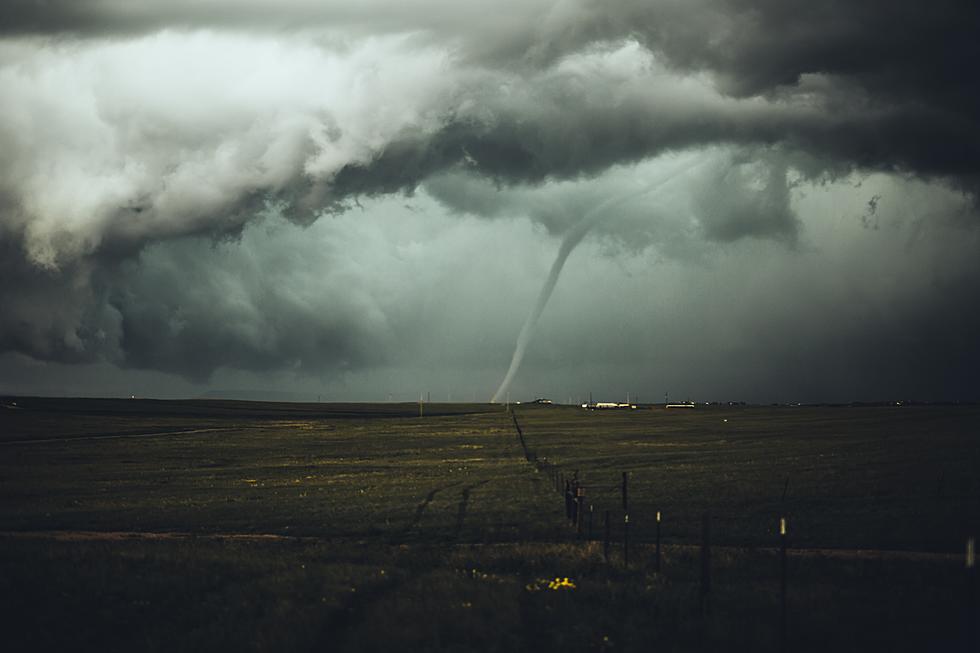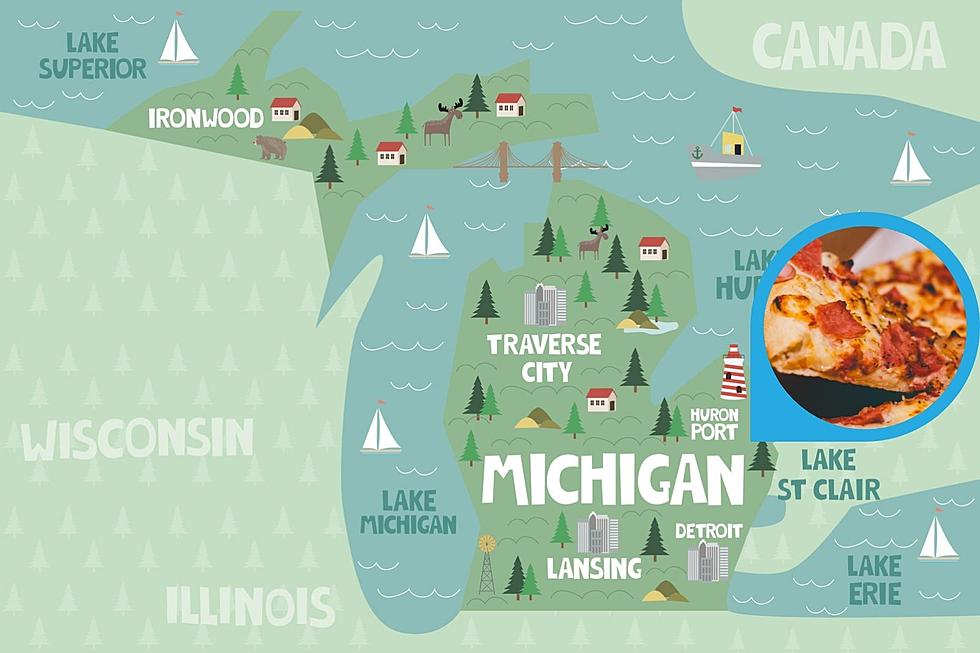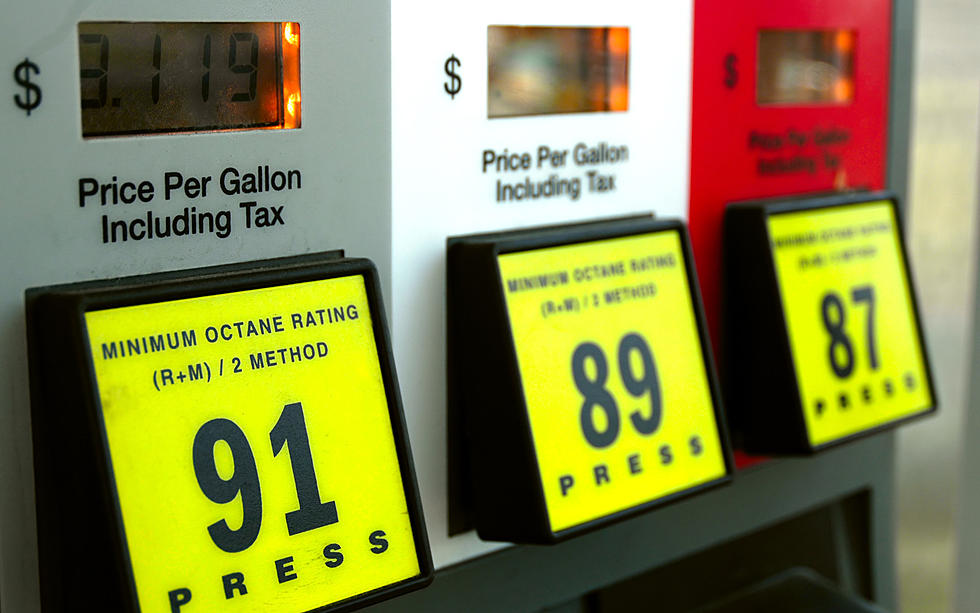
Are You Prepared? Statewide Tornado Drill Scheduled For Michigan
Spring is truly a beautiful time of year in Michigan. The sun is shining, trees are turning green again, birds are singing, and the weather… well, it is Michigan. This time of year things can get a little tricky and switch from sunny & bright, to dark & stormy in a minute. To prepare for what can sometimes be a season of severe weather, Gov. Gretchen Whitmer has declared March 20-26 as Michigan’s Severe Weather Awareness Week.

As part of the week, a Statewide Tornado Drill is scheduled for Wednesday, March 23 at 1 pm. According to the press release, Michigan businesses, organizations, families, and individuals are encouraged to engage in this statewide preparedness activity but are not required to do so. During the drill residents will observe or hear alerts on NOAA Weather Radios, TV, and radio stations.
“With an average of 15 tornadoes each year, this is a very real threat to our Michigan communities,” said Col. Joe Gasper, state director of Emergency Management and Homeland Security and director of the Michigan State Police. “This drill will give people a chance to make a plan and put it to the test. By planning now, you can be better prepared when a disaster happens.”
Being prepared, and knowing what to look for are important factors for staying safe during severe weather in Michigan. According to Mid-Michigan Now Chief Meteorologist Ahmad Bajjey, Michigan tornadoes occur most frequently from April until July, but there has been a tornado in Michigan every month of the year.
What Are the Warning Signs of a Tornado?
Tornadoes can strike with little warning, and even though meteorologists are now better able to predict the signs a twister is coming it sometimes isn’t enough. Knowing what to look for can add even a few extra minutes, giving an opportunity for anyone in harm’s way to seek shelter.
- A dark, often greenish, sky.
- Shelf clouds
- Wall clouds or an approaching cloud of debris.
- Large hail often in the absence of rain.
- Before a tornado strikes, the wind may die down and the air may become very still.
- A loud roar similar to a freight train may be heard.
- An approaching cloud of debris, even if a funnel is not visible.
Taking time to prepare for a weather emergency can also be a major plus when it comes to what happens post-storm. Bajjey strongly advises to always have items prepared for when you need to seek shelter.
"First and most important have a first aid kit. Also a flashlight and extra batteries and battery operated way to recharge you phone so you can stay connected. It's not a bad idea to invest in a weather radio too."
Bajjey says that a "Watch" is basically the "recipe for everything to happen". It's like baking a cake. When a "Warning" is given that means the cake is "done" and it's ready....and time to take immediate shelter. Following those indications and weather alerts can save your life in severe weather.
LOOK: The most expensive weather and climate disasters in recent decades
More From 1240 WJIM AM









